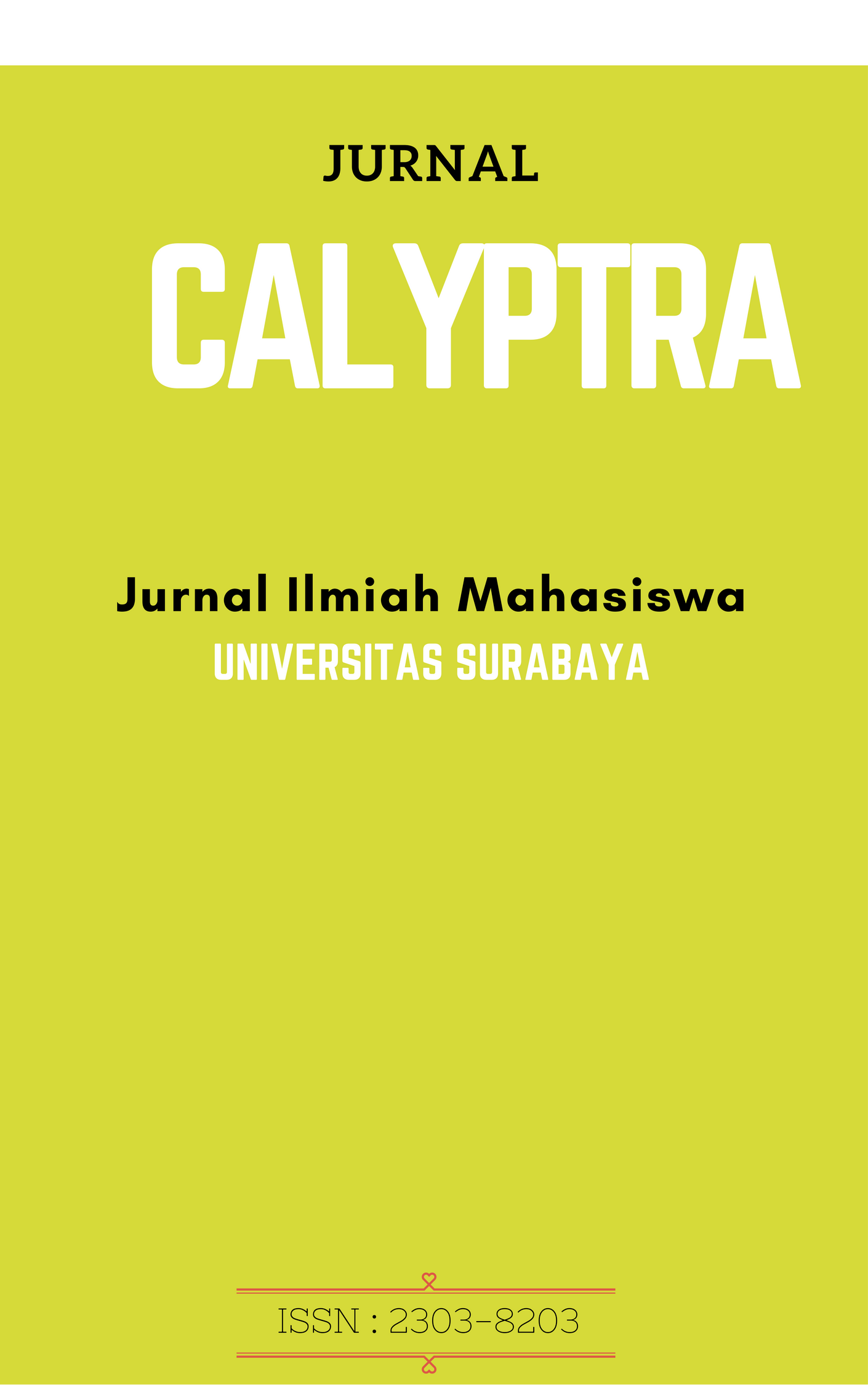IMPLEMENTASI PENGENDALIAN KUALITAS DENGAN MENGGUNAKAN METODE STATISTIK PADA UD. MENTARI PRINT
 Abstract Views:
183 times
Abstract Views:
183 times
 PDF - FULL TEXT Downloads:
254 times
PDF - FULL TEXT Downloads:
254 times
Abstract
Intisari - Penelitian ini bertujuan untuk mengurangi jumlah kecacatan pada UD. Mentari Print hingga berada pada batas bawah toleransi yang telah ditetapkan oleh perusahaan dan untuk memberikan solusi atas permasalahan yang dialami perusahaan dengan melakukan pengendalian kualitas. Pengendalian kualitas merupakan suatu hal yang wajib dalam suatu perusahaan manufaktur agar tercipta kepuasan pelanggan, untuk meningkatkan kepuasan pelanggan maka perusahaan salah satunnya menerapkan Statistical Process Control (SPC). Hasil penelitian ditemukan bahwa UD. Mentari Print telah menerapkan pengendalian kualitas, namun pengendalian kualitas yang dilakukan hanya bersifat seadanya dan belum terperinci, sehingga berbagai masalah masih terjadi didalam proses produksi yang mengakibatkan perusahaan memiliki jumlah cacat produk diatas batas toleransi perusahaan. Alat statistic yang digunakan dalam penelitian ini adalah check sheet, histogram, diagram pareto, diagram sebabakibat, control chart dan FMEA (Failure Mode Effect Analysis).
Kata Kunci: UD. Mentari Print, Pengendalian Kualitas, Metode Statistik
Abstrack -This study aims to reduce the number of defects in the UD. Mentari Print to be below lower limit of the tolerance set by the company and to provide solutions to problems experiend by the company to perform quality control. Quality contol is a matter that required for a manufacture company in order to create customer satisfaction, to improve customer satisfaction, the company need an application of Statistical Process Control (SPC). The study found that UD. Mentari Print has implement quality control, but control is carried out only modest and not detailed, so that many problems still occur in the production process that resulted in the company has number of product d defects in the tolerance limit of the company. Statistic tools used in this study are : check sheet, histogram, pareto diagram, cause and effect diagram, control chart and FMEA (Failure Mode Effect Analysis).
Keywords: UD. Mentari Print, Quality Control, Statistical Methods
Downloads
References
Besterfield, Dale. H.,Quality Control Seventh edition, Prentice Hall Internasional, New Jersey, 2004.
Gaspersz, Vincent. 1998 Metode Analisis untuk Peningkatan Kualitas. PT Gramedia Pustaka Utama Jakarta.
Gaspersz, Vincent. 2001 Metode Analisis untuk Peningkatan Kualitas. PT Gramedia Pustaka Utama Jakarta.
Gaspersz, Vincent. 2005 Total Quality Management. Jakarta. PT Gramedia Pustaka Utama Jakarta.Heizer, Jay and Bary Render. 2006. Operations Management (Manajemen Operasi). Jakarta. Salemba Empat.
Mitra, Amitava, Fundamentals Of Quality Control And Improvement. Macmillan Publishing Company, 1993.
Montgomery, Douglas C. 2009. Introduction to Statitical Quality Control. Sixth edition. Arizona State University. John Wiley & Sons, Inc. United States of America.
Rath & Strong, Six Sigma Advance Tools Pocket Guide, Penerbit Andi, Yogyakarta, 2005.
http://www.bps.go.id diunduh pada tanggal 21 Oktober 2015
http://jatim.bps.go.id diunduh pada tanggal 22 Oktober 2015
http://www.antarajatim.com diunduh pada tanggal 23 Oktober 2015
https://id.wikipedia.org/wiki/Prinsip_Pareto diunduh pada tanggal 26 Oktober 2015
https://id.wikipedia.org/wiki/Diagram_Ishikawa diunduh pada tanggal 26 Oktober 2015
https://en.wikipedia.org/wiki/Scatter_plot diunduh pada tanggal 26 Oktober 2015
https://en.wikipedia.org/wiki/Check_sheet diunduh pada tanggal 26 Oktober 2015
https://id.wikipedia.org/wiki/Histogram diunduh pada tanggal 26 Oktober 2015
https://id.wikipedia.org/wiki/Diagram_kontrol diunduh pada tanggal 26 Oktober 2015
http://ilmupengetahuanumum.com/10-negara-dengan-jumlah-penduduk-populasiterbanyak-di-dunia/ diunduh pada tanggal 28 Oktober 2015
http://www.kabarbisnis.com/read/2831035/booming-digital--industri-grafikamasih-oke diunduh pada tanggal 28 Oktober 2015
http://m.inilah.com/news/detail/2224096/fgd-expo-dorong-pengembanganindustri-kreatif diunduh pada tanggal 29 Oktober 2015
- Articles published in CALYPTRA are licensed under a Creative Commons Attribution-ShareAlike 4.0 International license. You are free to copy, transform, or redistribute articles for any lawful purpose in any medium, provided you give appropriate credit to the original author(s) and the journal, link to the license, indicate if changes were made, and redistribute any derivative work under the same license.
- Copyright on articles is retained by the respective author(s), without restrictions. A non-exclusive license is granted to CALYPTRA to publish the article and identify itself as its original publisher, along with the commercial right to include the article in a hardcopy issue for sale to libraries and individuals.
- By publishing in CALYPTRA, authors grant any third party the right to use their article to the extent provided by the Creative Commons Attribution-ShareAlike 4.0 International license.



